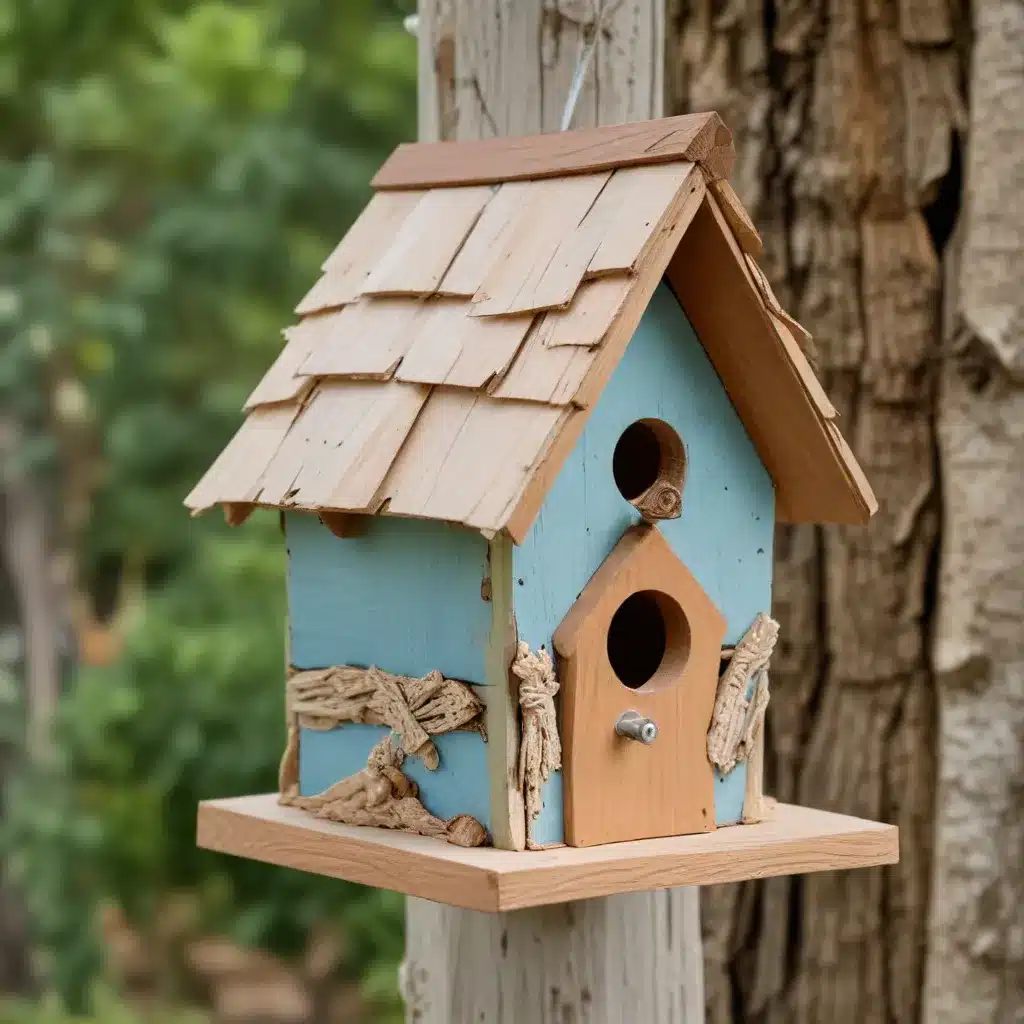
Birdhouses are a wonderful way to welcome avian life to your farm and cultivate a thriving, diverse ecosystem. By providing cozy nesting spots, you’ll attract a variety of birds that can help control pests, pollinate your crops, and delight your family with their cheery songs and fluttering movements. In this comprehensive guide, we’ll explore the ins and outs of building and maintaining a birdhouse, from selecting the right materials to strategically positioning it for maximum appeal to your feathered friends.
Birdhouse Construction
Birdhouse Design Considerations
Before you start building, it’s crucial to research the specific nesting requirements of the bird species you hope to attract. Different birds have preferences for entrance hole size, interior dimensions, and overall birdhouse design. A well-designed birdhouse will not only be aesthetically pleasing, but it will also offer the necessary shelter, ventilation, and protection that birds need to thrive.
Materials and Tools
When it comes to building materials, the best options are untreated cedar or pine. These woods are naturally weather-resistant and provide good insulation against temperature extremes. Avoid using treated lumber, as the chemicals can be harmful to birds. In terms of tools, a compound miter saw for cutting the wood, a 1-inch wood spade bit for the entrance hole, and a Worx Maker X Cordless Angle Grinder Tool for sanding and smoothing the edges will be invaluable.
Birdhouse Dimensions
The size of the interior of the birdhouse should be determined by the species you wish to attract. For example, bluebirds prefer a 5x5x8-inch box, while wrens do well in a 4x4x6-inch space. The entrance hole size is equally important, with different birds requiring different diameters, typically ranging from 1 to 1.5 inches. Ensure that the roof overhangs the front of the birdhouse by at least 2 inches to provide protection from the elements.
Birdhouse Placement
Location Selection
The placement of your birdhouse is crucial for attracting and retaining feathered residents. Choose a spot that is sheltered from strong winds and direct sunlight, and preferably near existing natural cover like shrubs or trees. Avoid areas with high foot traffic or close proximity to predators, such as cats or raccoons.
Orientation and Mounting
Birdhouses should be mounted on a pole or tree trunk, typically 4 to 10 feet above the ground. The entrance hole should face away from prevailing winds and direct sunlight. If attaching the birdhouse to a post, pre-drill and screw the base onto the post before adding the roof.
Placement Strategies
Consider creating a “birdhouse trail” by placing multiple birdhouses around your farm, spaced about 100 yards apart. This increases the chances of birds finding a suitable nesting site and can lead to a more diverse avian population. Additionally, orienting the birdhouses in different directions can accommodate the preferences of various bird species.
Attracting Bird Species
Native Bird Preferences
Research the native bird species in your area and tailor your birdhouse design accordingly. For example, bluebirds prefer open, grassy areas, while wrens thrive in brush and woodland edges. Providing a variety of birdhouse sizes and entrance hole diameters will welcome a broader range of feathered friends.
Seasonality and Migration
Remember that bird nesting and migration patterns vary throughout the year. Hang your birdhouses in early spring, before the breeding season begins, to give birds time to discover and claim their new homes. Some species, like hummingbirds and orioles, are migratory, so you may need to adjust your birdhouse placement and offerings to accommodate their seasonal presence.
Feeding and Roosting Needs
In addition to the birdhouse, consider adding supplementary feeding stations and roosting spots to your farm. Birdfeeders stocked with high-quality seed, suet, or nectar can provide a reliable food source, while dense shrubs or evergreen trees offer safe havens for birds to rest and shelter.
Birdhouse Maintenance
Cleaning and Inspections
It’s important to clean out your birdhouses after each nesting season to remove old nests and prevent the buildup of pests and diseases. Use a small hand trowel or soft brush to gently remove any debris, being careful not to disturb any active nests. Inspect the birdhouse for any needed repairs, such as loose boards or worn-out perches.
Pest and Predator Management
Keep an eye out for signs of unwanted guests, such as wasps, mice, or squirrels, and take prompt action to deter them. You can also install predator guards, such as metal cones or baffles, around the birdhouse pole to discourage climbing predators.
Weatherproofing Techniques
Ensure that your birdhouse is well-protected from the elements by adding a copper roof or waterproof sealant. Drill small drainage holes at the bottom to prevent moisture buildup, and consider painting or staining the exterior to enhance its durability.
By following these guidelines, you’ll be well on your way to creating a thriving birdhouse haven on your farm. Not only will you provide a safe and welcoming environment for your feathered friends, but you’ll also have the opportunity to observe their fascinating behaviors and contribute to the overall ecological balance of your property. Happy birdhouse building, and may your farm be filled with the joyful songs of your new avian residents!
For more information on building and maintaining birdhouses, be sure to check out the resources from Crooked Pines Farm and our featured sources, including Stacy Ling’s guide on how to build a birdhouse, the Ambler Farm Birdhouse Building Competition, and Forks in the Dirt’s tips on creating wildlife habitat.


